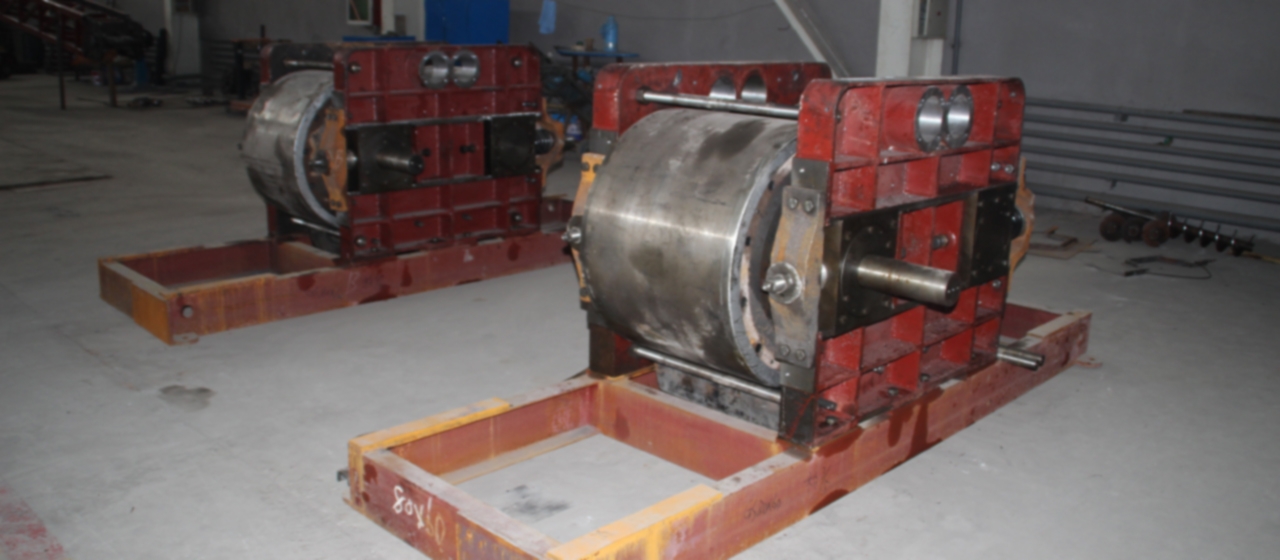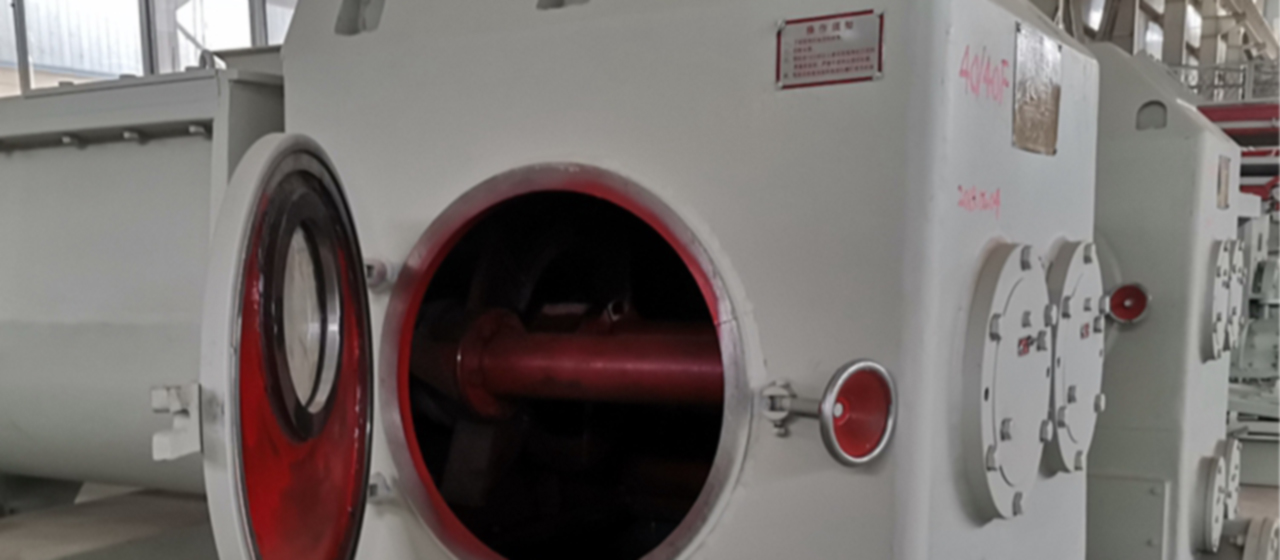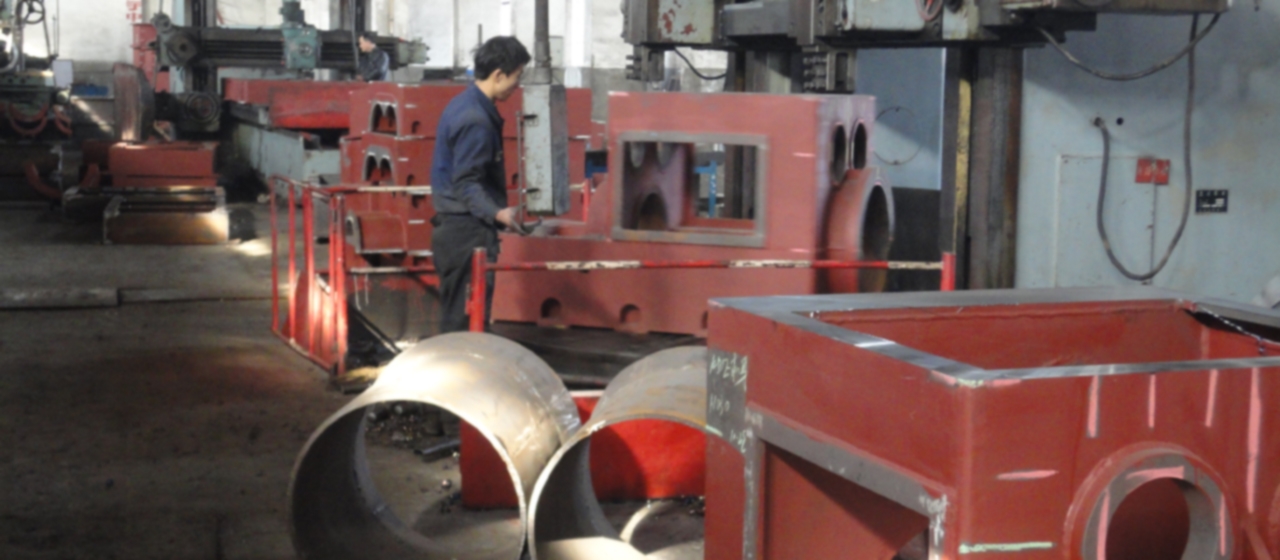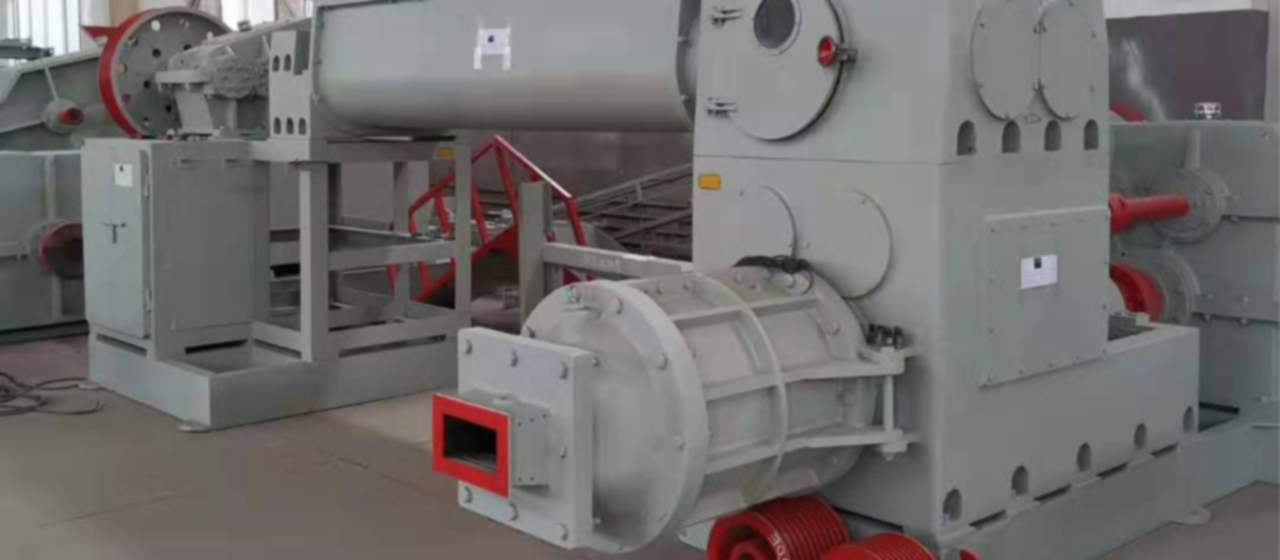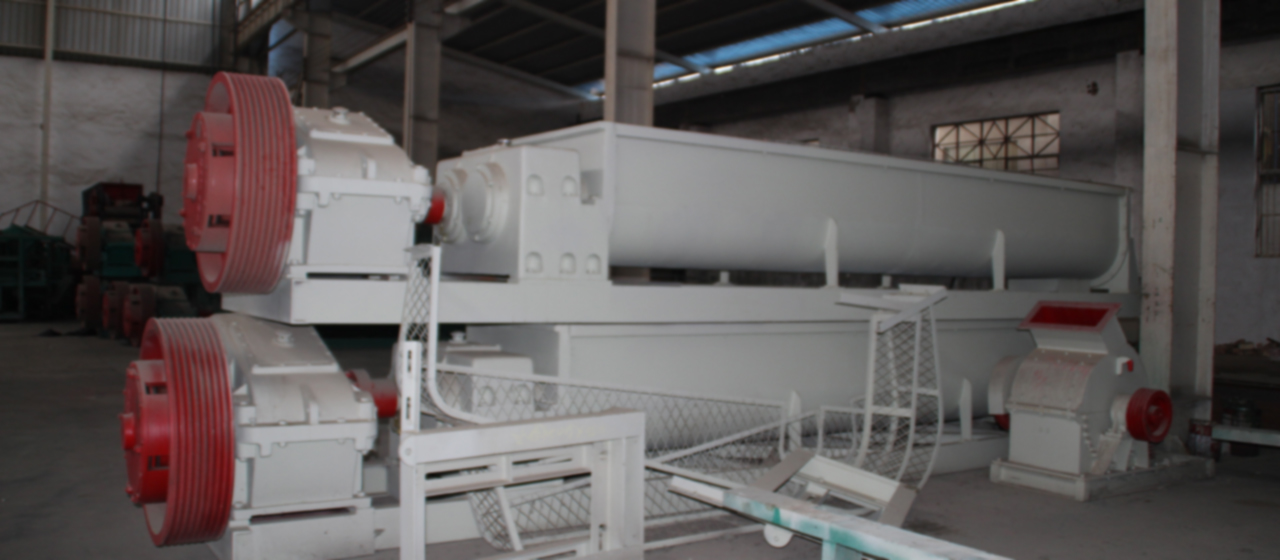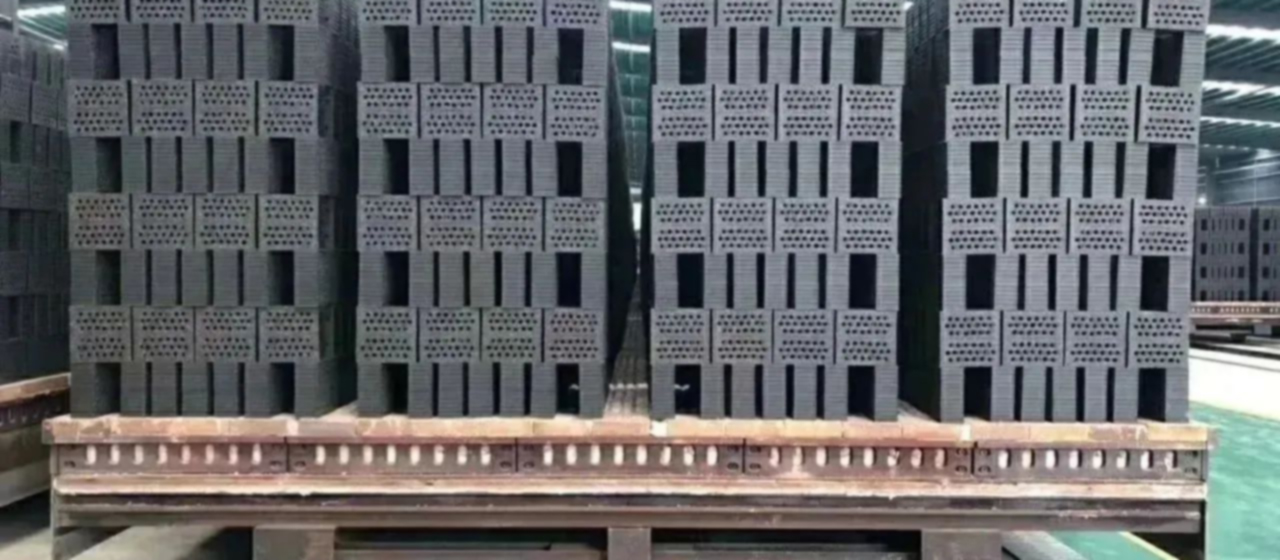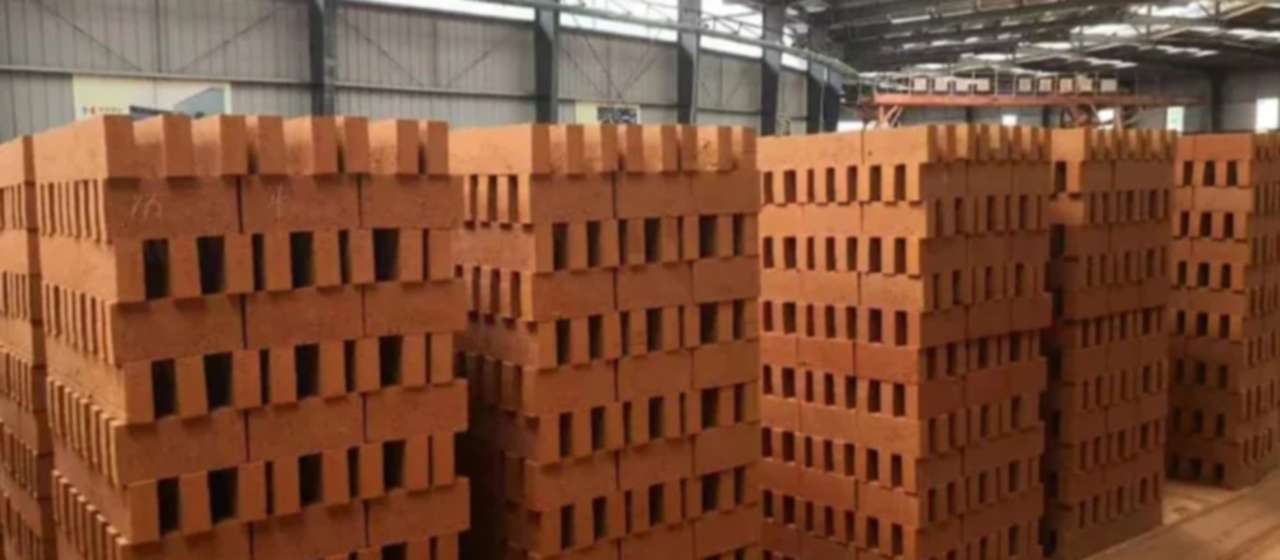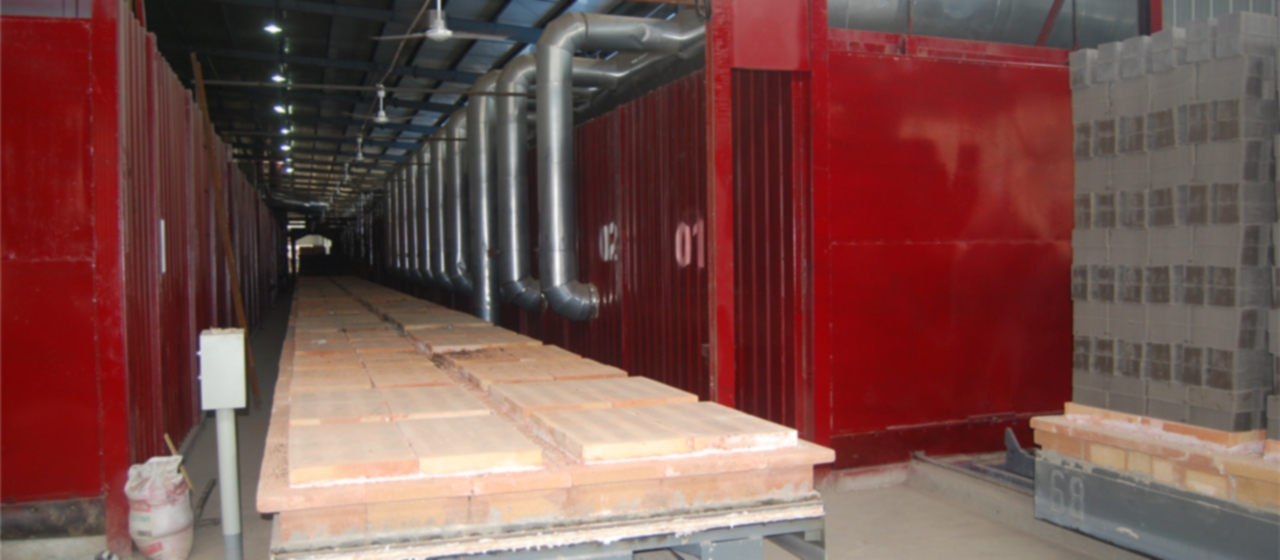drying kiln
The causes and solutions of seasonal dry edge cracks in brick adobe
Dry cracking refers to the phenomenon where no cracks are found when wiping with kerosene at the entrance of the drying kiln, but there are cracks and obvious dry location characteristics when wiping at the exit of the drying kiln. Drying is a dynamic process, and from a process perspective, the quality of drying is related to the stability of the logistics, energy flow, transmission system, heat distribution, pressure distribution, and humidity distribution inside the drying kiln.
The low moisture content of powder in winter and spring (about 6%) is to prevent clumping and poor fluidity of the powder due to low temperature, which affects the uniformity of the fabric. If the high temperature in summer reaches over 40 ℃, the kiln workshop can even reach up to 50 ℃, and the temperature in the raw material workshop is also above 45 ℃. The edge cracks caused by the drying process are related to the strength of the green body (referring to the undeveloped body or the semi dry pressing method, with water content generally ranging from 6% to 8%) and the strength of the white body (referring to the dried body or the dry body, with water content generally ranging from 0.1% to 0.25%), as well as the intensity changes of the dynamic process of water discharge and heat introduction. The following opinions are put forward regarding this:
(1) The strength of the adobe is not sufficient. During the transportation of hot powder, moisture will evaporate by 0.2% to 0.4%; Even for cold powder materials, 0.1% to 0.25% of moisture will evaporate when transported from the silo to the press platform. Due to the dryness and high temperature in June (with an ambient temperature of 45 ℃ and an outlet temperature of 80 ℃), if the moisture content of the powder material in the drying tower is still controlled at 5.8%~6.0%, the moisture content may only be 5.3%~5.5% when it reaches the press machine. Such low moisture content of the powder material makes it difficult to compact the body, which means that the green strength of the brick body is difficult to achieve a safe transportation state and is prone to cracking.
(2) Pressure fluctuations in the compressor. During the operation of the press, the oil temperature will rise. At high oil temperatures, the hydraulic oil viscosity is low, oil leakage will intensify, sealing will deteriorate, leading to fluctuations in forming pressure and difficulty in ensuring the strength of the brick blank.
(3) The low moisture content of the powder leads to slow and uneven pressure transmission in the press. The transmission of pressure in the press is related to the gas discharge, water conduction, and powder conduction of the compressed powder, especially the water conduction pressure as a liquid is the fastest and most uniform. Low moisture and high gas content in the powder can slow down the pressure transmission process, exacerbate the non-uniformity of pressure transmission, and exacerbate the effects of factors such as uneven fabric, mold tolerances, and pressure instability, resulting in uneven structural damage to the stamped bricks. Cracks occur due to stress during drying.
(4) Unreasonable debugging of the drying kiln. In summer, the temperature is high, and the hot air blowing in from the bottom of the kiln is affected by factors such as the temperature increase of the kiln combustion air environment and the reduction of heat dissipation in the kiln and pipelines. The temperature of the hot air entering is high, the curve of the kiln head is steep, and the drying speed is faster. If the inlet air volume is reduced without reducing the drainage force, it will cause the constant temperature and drainage zone of the kiln head to disappear, resulting in a decrease in humidity, less inlet air volume, and no decrease in exhaust air volume. At this point, if the moisture content of the brick entering the kiln is low, the inlet air temperature is high (which may reduce the inlet air), and the suction force at the kiln head does not decrease, it will cause a high negative pressure at the drying kiln head, and the drying system and pressure will be in a state of imbalance.
(5) The billet is relatively fragile during the drying process and requires a stable transmission system. Therefore, the transmission of the kiln, especially in the pre drying area, needs to be regularly calibrated, such as gears, single hole aluminum seats, roller bearings, rollers, etc. Especially for sticks, it is necessary to regularly polish the soil powder, rust, sulfides, and other substances adhered to the rollers. Based on the above analysis, in general, the moisture content of the powder should be increased to between 6.8% and 7.2% as soon as possible. The focus of summer should be on the conductivity of pressure and the effect of moisture on the strength of green billets. The dynamic stability and transitional stability of kiln pressure, temperature, and humidity should be adjusted as soon as possible. An infusion device should be installed at the kiln head to increase the humidity of the hot air entering the kiln. The dehumidification and dehumidification pressure should be adjusted appropriately to ensure the uniform stability of the positive pressure on the drying temperature section.

